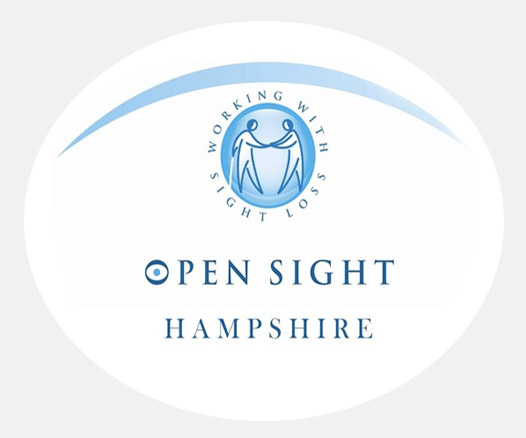Children's Eye Care – Free Sight Tests!
It's a good idea to arrange for your child to have an eye test at around the age of three - or younger if you have any concerns about your child's eyes. A child does not have to be able to read to be tested for eye defects such as long and short sight, astigmatism (a rugby ball shaped eye which leads to blurred vision), squints and lazy eyes.
 NHS sight tests are free for all children under 16 and for students under 19 in full time education. Unfortunately many parents don't realise this and many children start school with undetected eye problems. A Hampshire charity, Opensight, have started a petition to raise awareness to try and ensure all children have an early eye test - please click here to read more and sign
NHS sight tests are free for all children under 16 and for students under 19 in full time education. Unfortunately many parents don't realise this and many children start school with undetected eye problems. A Hampshire charity, Opensight, have started a petition to raise awareness to try and ensure all children have an early eye test - please click here to read more and sign
It is important to detect squints and lazy eyes early as unless these conditions are treated by the age of eight years then it may be too late to prevent a permanent problem. Squints affect four to seven per cent of children and lazy eyes two to three per cent. Your child may not appear to have any problems to you - if one eye is not working properly the brain will ignore the information from it and the eye will not develop good vision unless corrected early.
Long sight (hypermetropia) can be easily corrected with spectacles and contact lenses and often improves as a child nears adulthood. Short sight (myopia) affects an increasing number of young people and often begins between the ages of eight to ten years. Being short-sighted can limit career choices and increasingly Myopia Management options are recommended to slow down or even stop the progression of short sight. See our Myopia Management page for more information or book an appointment to discuss with an optometrist.

Our children are using screens more and more both for fun and for school work and it is important to ensure they have healthy eyes and good vision to prevent eyestrain and headaches from screen use. Regular breaks are important for children and adults alike - every 20 minutes, a short break is advised to refocus and refresh the eyes. Break for 20 seconds, blink 20 times and look 20 feet away – the 20/20/20 rule is easy to remember!
Children and teenagers can be fitted with contact lenses even if their prescription is still changing – with disposable lenses this is no problem. The age at which a child can begin to wear lenses should be discussed with the optometrist as it will vary from child to child. Many children start with contact lenses at around the age of 10, however it is often possible to begin at an earlier age especially if there are other confident contact lens wearers in the household, or in cases of myopia management.
